Uzbekistan Travel Guide | Everything You Need to Know Before You Go
We know that planning a trip to this Uzbekistan can be as thrilling as it is bewildering. Along with the excitement, you have a thousand questions swirling in your head.
What’s the deal with visas? How’s the food? Is it safe? And do they speak English?
In this Uzbekistan Travel Guide, we’re about to spill the tea (or should we say, chai?) on everything you need to know before you set foot in this captivating Central Asian gem.
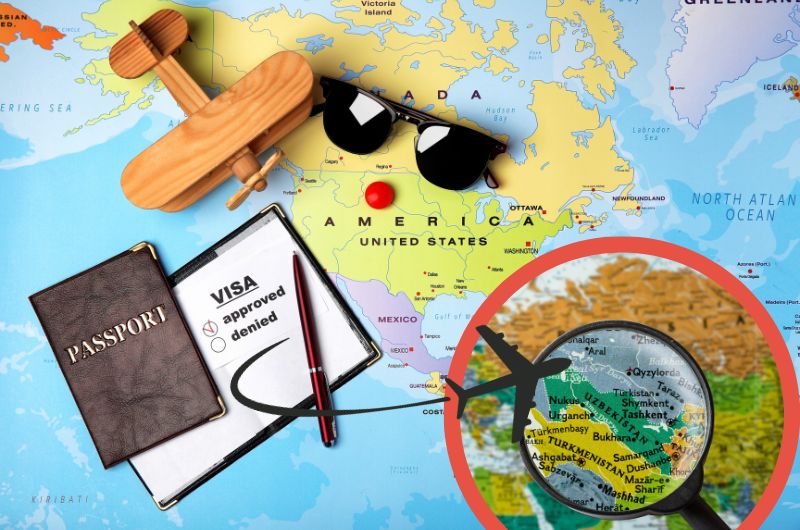
Uzbekistan Entry Requirements
To make your dream of exploring Uzbekistan come true in 2023, you’ll want to know the nitty-gritty of the entry requirements. Fortunately, Uzbekistan has opened its doors wider than ever before.
So, do you need a visa to travel to Uzbekistan?
The good news is that citizens of nearly 80 nations, including Australia, Austria, Switzerland, and many European and South American countries, can now enter Uzbekistan without a visa for up to 30 days.
But what about an Uzbekistan visa for US citizens?
No worries! Passport holders from over 60 additional nations, including the US, India, Hong Kong, China, and many Middle Eastern nations, can apply for a 30-day eVisa for tourists online for just 20 USD.
The application process is easy, and it takes about 4 business days to receive your eVisa.
Disclaimer: Please always make sure to check the latest visa and entry requirements before you travel.
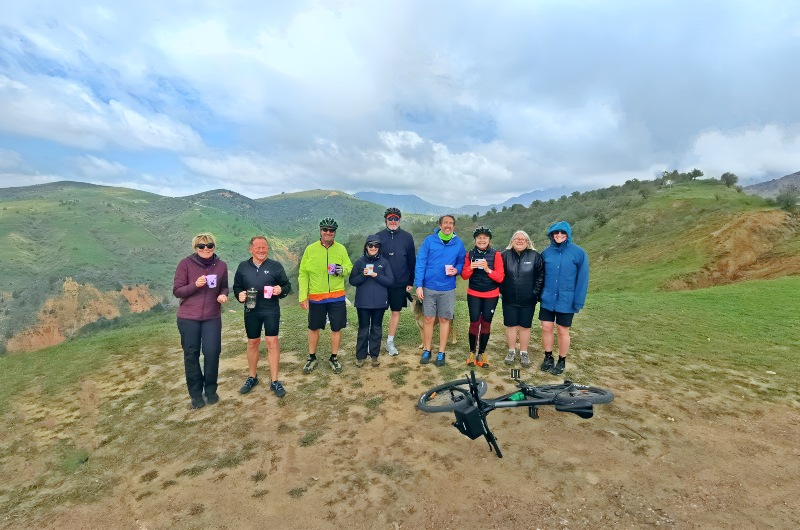
What’s the weather like in Uzbekistan?
Now that you’ve sorted your visa, let’s dive into the weather, because picking the right season can make or break your Uzbekistan adventure.
There are four distinct seasons to keep in mind:
Spring (March to May): Springtime in Uzbekistan is like Mother Nature’s grand opening. The temperatures are comfortably mild, usually ranging from 15°C to 25°C (59°F to 77°F). It’s the perfect season to see the blossoming flowers and vibrant green pastures. No heavy sweaters needed!
Summer (June to August): Ah, summer, when mother nature turns up the heat. This is the hottest season, with temperatures rising between 30°C to 40°C (86°F to 104°F), especially in July and August. If you’re a fan of sun-soaked adventures, this is your time to shine (pun not intended). Plus, juicy watermelons are aplenty.
Autumn (September to November): The temperatures start cooling down, ranging from 20°C to 30°C (68°F to 86°F). It’s also when the bazaars come alive with melons and grapes, and local holidays and festivals add a dash of excitement.
Winter (December to February): Winter in Uzbekistan, especially in December and January, can be a bit nippy. We’re talking temperatures between -5°C to 5°C (23°F to 41°F). It’s the perfect time for ski enthusiasts. With spots like Chimgan, Beldersay, and the newly opened Amirsoy Ski Resort, you can hit the slopes without breaking the bank.

The Best Time to Visit Uzbekistan:
So, when should you plan your grand Uzbek adventure? Well, it depends on your tolerance for heat and cold and your preferred activities.
- If you love to feel the warmth of the sun on your skin and don’t mind some sweat-soaked shirts, summer is your season. Just be ready for that Central Asian sun.
- If you prefer pleasant temperatures, blooming landscapes, and vibrant festivals, spring and autumn are the golden seasons. This is the perfect season for a bike vacation—the slow and immersive way to travel, connecting with locals, and savoring the vibrant flavors of Uzbekistan.
- If skiing is your thing, winter is your hidden gem. Plus, the discounted accommodation and reduced travel costs will make you smile.

Is Uzbekistan a safe country to visit?
Let’s talk safety, because your adventure shouldn’t come with unnecessary worries.
Uzbekistan is, by and large, a safe destination. The country boasts an extremely low rate of violent crime, and law enforcement officers are a common sight, ready to help travelers.
In cities like Samarkand, Bukhara, and Khiva, you’ll even find English-speaking tourist police, making communication a breeze.
But safety in Uzbekistan isn’t just about the absence of crime; it’s also about the warmth of the people. Uzbekistan’s residents are known for their kindness and helpfulness, often going out of their way to help a guest in need. The nation has become increasingly tourist-friendly, welcoming foreigners with open arms.
So, while you’re wandering through the charming streets of Uzbekistan, you can breathe easy, knowing that safety is on your side. Travelers are overwhelmingly positive about their experiences, citing the welcoming atmosphere and helpful locals.
Read about Magdalen’s Uzbekistan experience here.
For added assurance, Uzbekistan is classified at Level 1 by the US State Department, which means ‘Exercise Normal Precautions.’ You can read more about it here: Uzbekistan – Level 1: Exercise Normal Precautions.
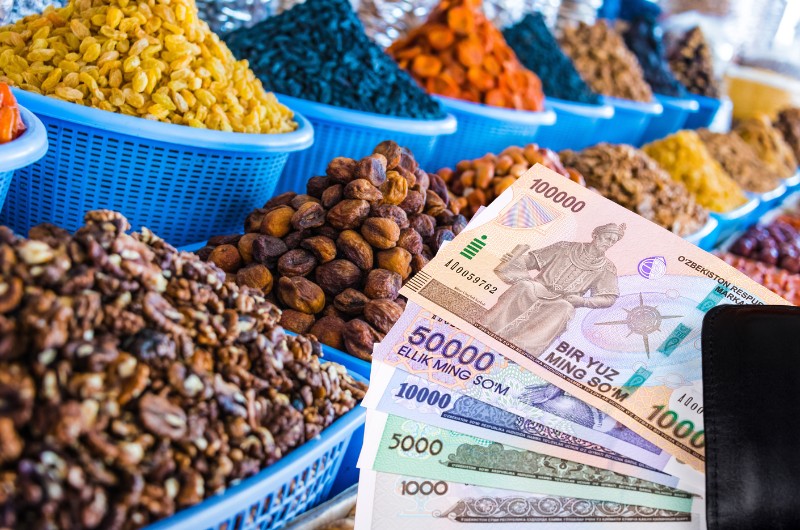
Money and currency in Uzbekistan
The local currency is the Uzbekistani som. It’s a good idea to familiarize yourself with the exchange rate before you arrive so that you can budget accordingly.
But what about credit cards? Well, they’re accepted in some places, especially in larger cities and tourist hotspots. Visa and Mastercard are more commonly accepted, while others might raise an eyebrow when you hand them an Amex.
You’ll find ATMs in most cities, and they usually work fine with international cards. However, it’s wise to carry some cash with you, especially if you’re heading to more remote areas where ATMs might be as elusive as a mirage in the desert.
Speaking of cash, when you’re out and about, you might want to exchange some of your foreign currency into Som. It’s easy to find exchange offices or banks to get your hands on some local cash.
Should you tip in Uzbekistan?
Tipping isn’t as firmly ingrained in the culture as in some Western countries, but it’s certainly appreciated. When dining at a restaurant, leaving a tip of around 10% of the bill is a kind gesture. If you’re engaging in a guided tour, it’s also a nice touch to tip your guide and driver.
But tipping should reflect your satisfaction with the service. It’s not mandatory, but it can make someone’s day a little brighter.
Note: If you choose to embark on one of our Grasshopper adventure tours in Uzbekistan, you’ll be delighted to know that tips for dining are included. We’ve got you covered, so you can focus on savoring the local cuisine and soaking in the culture.
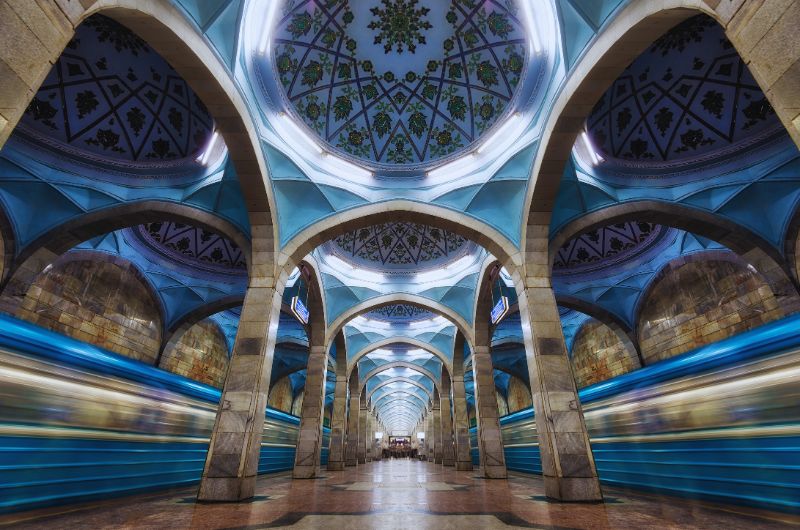
How to Get Around in Uzbekistan?
Now, let’s get you moving, because there’s a world of adventure waiting. Uzbekistan offers a variety of transportation options, and you’re bound to find one that suits your style.
Railway: As mentioned earlier, Uzbekistan’s railway system is as smooth as silk and connects major cities and attractions. Feel the rhythmic clickety-clack of the train and let the scenery unfold before your eyes.
Tashkent, the capital of Uzbekistan, boasts an underground metro system that is not just a means of transportation but a fascinating journey through art and history. The Tashkent Metro is renowned for its beautifully designed stations, each with its unique theme and architectural style. It’s no wonder that exploring this underground marvel has become a must-do experience for both locals and visitors alike.
Flights: If you’re eager to cover more ground in less time, domestic flights are your swift ticket to adventure. These flights are particularly handy if you’re traveling across vast distances between different regions.
Bicycle: But if you’re the kind of traveler who cherishes the journey just as much as the destination, think about hitting the open road on two wheels instead. Opting for a bicycle lets you relish Uzbekistan’s awe-inspiring landscapes at your own leisurely pace. What’s more, you get the opportunity to pause to uncover those tucked-away treasures along the path—a genuine traveler’s dream.
Taxis: You can hail one of the city’s many cabs—just be sure to settle on the fare upfront, especially with the licensed ones waiting outside hotels and bars. If that sounds too much like a game show, go the comfortable route with a private car arranged by your hotel or a travel agent. Or, if you’d like to book everything yourself, there’s a local app called ‘MyTaxi,’ but prepare yourself for non-English-speaking operators and drivers.

Uzbekistan Food and Drinks
Uzbek cuisine is known for its savory and aromatic profiles. The flavors predominantly lean towards tngy, with spices and herbs creating a harmonious blend that’s often described as rich, hearty, and fragrant.
Meat, particularly lamb and beef, plays a central role, contributing to the robust taste of many dishes. It’s not overly spicy, but instead focuses on enhancing the natural flavors of ingredients, making it a delightful experience for those who enjoy earthy and aromatic cuisines.
Top 5 Uzbek Dishes You Have to Try:
- Plov: Think of this as Uzbekistan’s signature dish, a flavorful rice-based meal with tender pieces of lamb or beef. It’s seasoned with a mix of spices that give it a rich and hearty taste, making it a must-try.
- Lagman: Imagine a steaming bowl of hearty noodle soup filled with fresh vegetables and your choice of meat. It’s a comforting and filling option for those looking to warm their bellies.
- Samsa: These are savory pastries that come with various fillings, usually meat or vegetables. They’re akin to flavorful, flaky pockets of goodness, perfect for a quick, tasty bite.
- Shashlik: If you’re a fan of grilled skewers, you’re in for a treat. Shashlik features succulent kebabs, often made with marinated lamb or beef, offering a delightful smoky flavor.
- Manti: These are Uzbekistan’s version of dumplings, but they’re not your ordinary dumplings. They burst with flavor, typically stuffed with a savory meat filling and served with a yogurt-based sauce.
Is vegetarian food available in Uzbekistan?
Navigating Uzbekistan as a vegetarian isn’t always a breeze, as the cuisine traditionally leans towards meat-based dishes. While vegetarian choices may not be as abundant as in some other countries, you’ll still find some delicious surprises that showcase the essence of Uzbek cuisine without the meat.
So, go ahead and explore the culinary treasures of Uzbekistan, but be prepared to get a bit creative with your dining choices.
- Achichuk Salad: A refreshing salad made with fresh tomatoes, cucumbers, and onions, often seasoned with herbs and dressed with vinegar. It’s a zesty and tangy choice for salad lovers.
- Yogurt Soup: Known as “suzma,” this creamy yogurt soup is typically served cold. It’s made with yogurt, herbs, and sometimes cucumbers, creating a soothing and refreshing dish, especially on hot Uzbek days.
- Vegetable Samsa: While samsa is often meat-filled, you can find versions packed with vegetables. These savory pastries are a tasty way to savor local flavors without the meat.
- Dolma: Uzbekistan’s take on stuffed vegetables, usually peppers or grape leaves, filled with a mixture of rice, herbs, and sometimes vegetables. It’s a flavorful and satisfying choice.
- Lepeshka: Uzbekistan’s traditional bread is a staple accompaniment to many meals and a delicious way to enjoy simple, wholesome carbs.
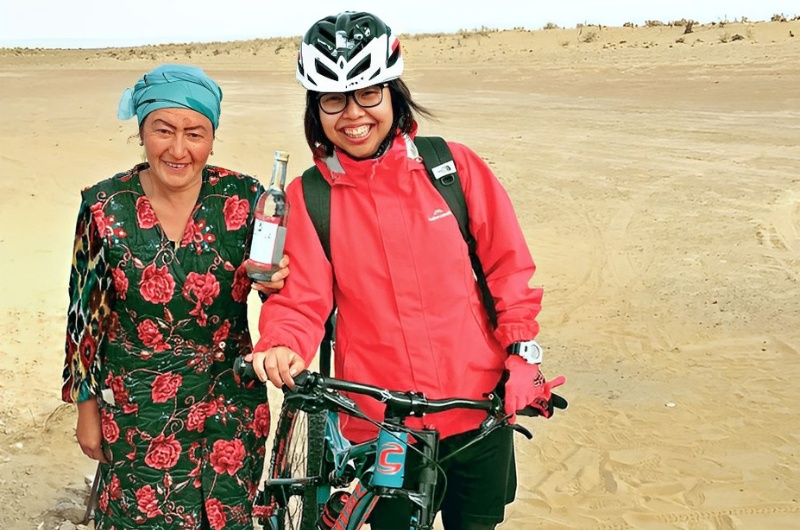
Alcohol in Uzbekistan:
Despite its Muslim heritage, alcohol is a part of daily life for many Uzbeks. Vodka and other alcoholic drinks were introduced during Soviet rule and remain ingrained in the culture. The legal drinking age is 21.
Wine production may not have been the first thing you thought of when hearing of Uzbekistan, but it’s actually a growing industry here, and they produce a respectable drop—well, respectable for $4 a bottle at least. Opt for our Uzbekistan Bike Adventure and end day 1 of the 14-day journey with a visit to some of the grape-growing fields, and we make sure to pick up a few bottles to share with our evening hosts.
Read Magdalen’s story of her first impressions exploring Uzbekistan by bike.

What to pack for Uzbekistan
Uzbekistan experiences four distinct seasons. For the colder months (November to March), bring warm clothing, including a heavy coat, gloves, and a hat, as temperatures can drop in the middle of winter to around -5°C (23°F) with snow. In the summer (June to September), pack lightweight clothing as on particularly hot days temperatures can rise to around 40°C (104°F).
Uzbekistan is a country with a rich cultural heritage, and respecting local customs when it comes to clothing is essential. Modest attire is not only a sign of cultural sensitivity but also ensures you have a comfortable and respectful experience while traveling. Here are some key points to consider:
- For Men: Men can typically wear shorts and T-shirts, especially in urban and tourist areas. However, it’s advisable to avoid sleeveless shirts and walking bare chested, as this might be seen as inappropriate in many places, even in tourist destinations.
- For women: In tourist areas like Samarkand, Bukhara, and Khiva, you have more flexibility in your clothing choices. You can wear shorts, dresses, skirts, and short-sleeved tops. However, it’s important to be mindful of not wearing overly revealing clothing, as this could attract unwanted attention. When visiting less-touristic places or rural areas, it’s advisable to opt for more modest attire, such as a T-shirt or tunic paired with long trousers or a long skirt.
- Mosques and Religious Sites: When visiting mosques and religious sites, even in tourist cities, it’s a sign of respect to cover your arms. This typically means wearing clothing that covers your shoulders and upper arms. For women, this may include a shawl or a scarf to cover the head as well.
Internet in Uzbekistan
Stay connected with a local SIM card from providers like Ucell, Beeline, or Uzmobile. You can buy these at airports or local stores.

Culture and Etiquette in Uzbekistan
Uzbekistan’s culture is deeply rooted in history and tradition. Here are some dos and don’ts to navigate local customs:
DO’S
- Greet Respectfully: Handshakes are a common form of greeting among men in Uzbekistan. However, when meeting an Uzbek woman, the respectful gesture is a bow with your right hand over your heart, a display of courtesy and warmth.
- Remove Shoes: Before entering homes or mosques, taking off your shoes is a customary sign of respect and cleanliness. Slip them off gracefully as you step into this world of tradition and hospitality.
- Seat the Most Honored Guest: In Uzbek homes, respect takes the form of seating the most honored guest farthest from the entrance, reflecting the country’s deeply ingrained values of hospitality and honor.
- Watch Your Step: Uzbekistan’s streets may surprise you with uneven paths and unexpected steps. Tread carefully, not only for your safety but also to show cultural awareness. Hidden treasures often await those who explore with a watchful eye.
- Bring a Gift: If you are invited to a local family’s meal or home, consider bringing a small gift. It’s a heartfelt gesture that transcends language barriers and fosters goodwill.
DON’TS
- Disrespect Bread: In Uzbekistan, bread is sacred, symbolizing sustenance and respect. Never leave it on the ground or place it upside down. Treat it with the reverence it deserves, honoring a symbol deeply woven into the country’s cultural fabric.
- Loud Talking: While sharing your experiences is part of the journey, keep your voice at a reasonable volume, especially near religious sites. In these sacred spaces, silence often speaks louder than words.
- Immediate Tea Acceptance: If you’re invited for tea in someone’s home, don’t accept immediately unless they insist multiple times. This gesture is often a polite nicety, an extension of Uzbekistan’s renowned hospitality.
- Inappropriate Dress at Religious Sites: When visiting religious sites or mosques, avoid wearing revealing clothing, such as shorts, tank tops, or low-cut tops. Dress modestly by covering your arms and legs.
- Public Displays of Affection: In Uzbekistan, public displays of affection, such as kissing and hugging, are generally not the norm. It’s advisable to show restraint in this regard, particularly in more conservative and less touristy areas.

Religion in Uzbekistan
Uzbekistan is officially a secular state with freedom of religion. While around 75% of the population practices Sunni Muslim, the culture is liberal, and religious dress codes are not strict. As a foreign woman, you’re not expected to cover your hair, and there’s no stringent religious dress code.
Languages in Uzbekistan
Uzbek is the official language, but Russian is widely spoken. English is less common, so learning some basic expressions in Russian or Uzbek can be helpful.
Opting for a guided tour like this one, you’ll have the advantage of local Uzbek guides who’ll effortlessly bridge any language gap, ensuring your journey is not just memorable but also stress-free.
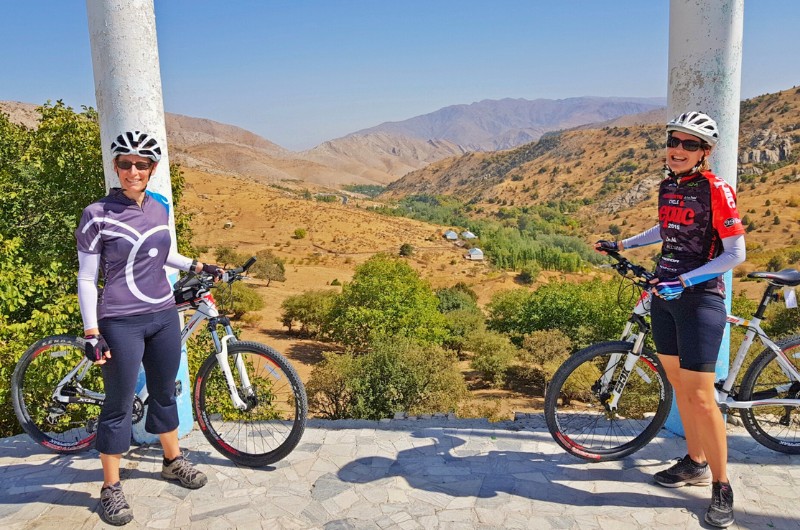
Your Adventure Awaits at Handlebar Height
Give yourself a pat on the back because you’ve just graduated from Uzbekistan-ology. Your visas are sorted, you know your Plov from your Lagman, and you’ve mastered the art of cultural respect.
It’s time to pack those bags, grab your passport, and prepare to be swept off your feet by Uzbekistan’s magic.
Picture yourself chasing fiery sunsets over a boundless desert horizon, standing in awe of Samarkand’s architectural marvels that have stood for centuries, or delving into the heart of nomadic traditions with a stay in a yurt.
There’s simply no better way to explore the vibrant tapestry of Uzbekistan than from handlebar height. Curious about the ultimate adventure? Check out our Uzbekistan bike tours, and let’s turn your dreams into a thrilling reality!








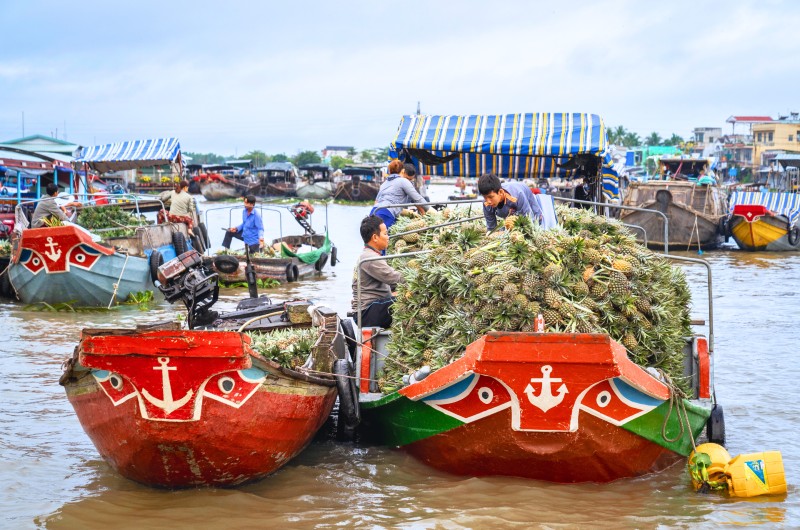
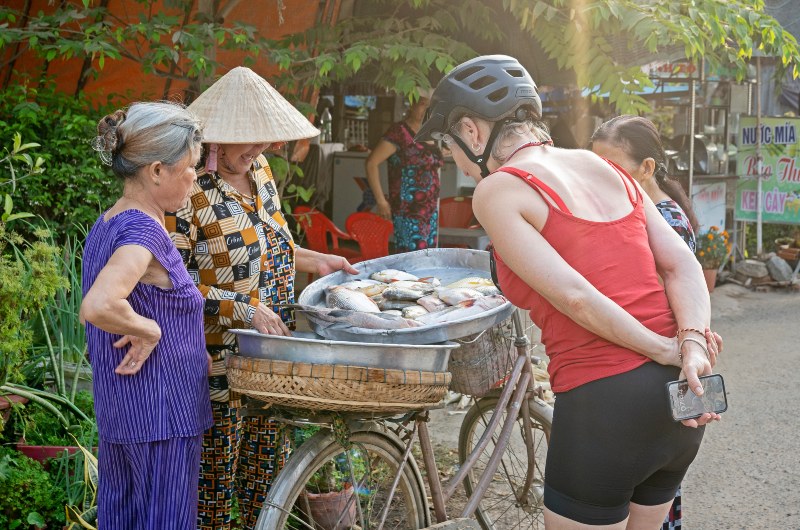
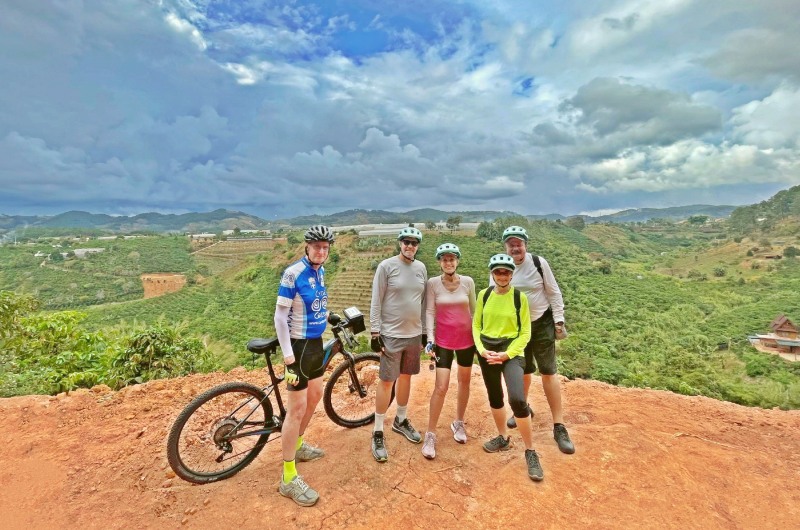

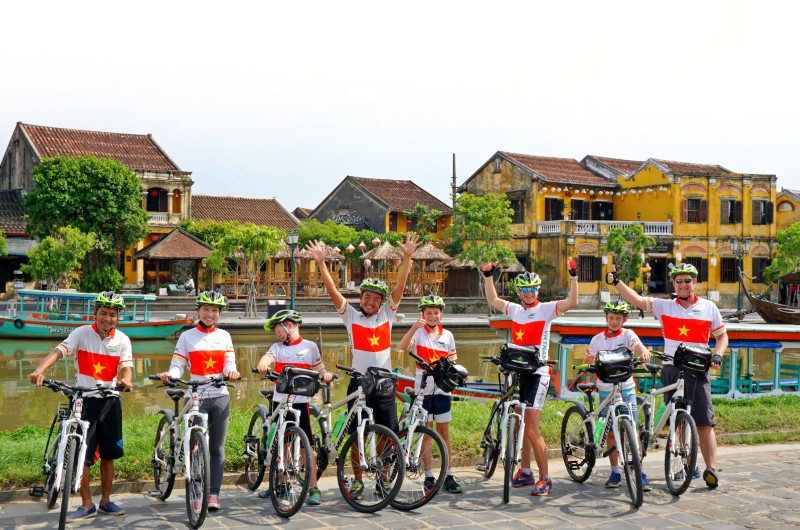
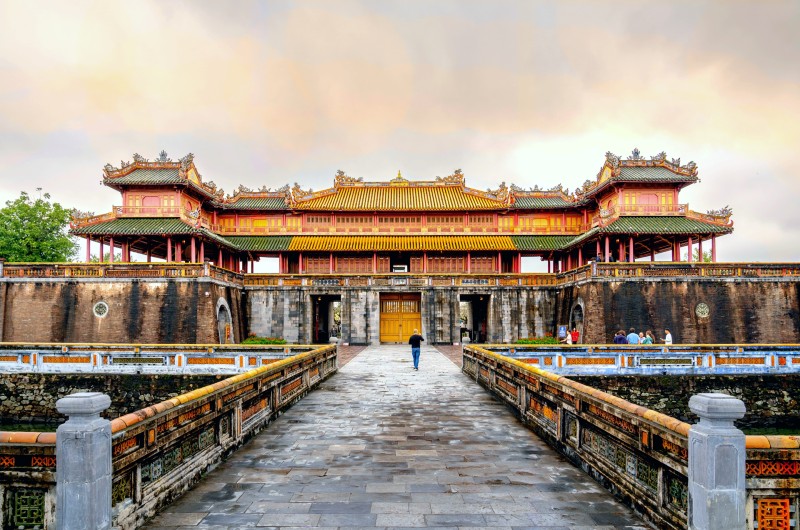
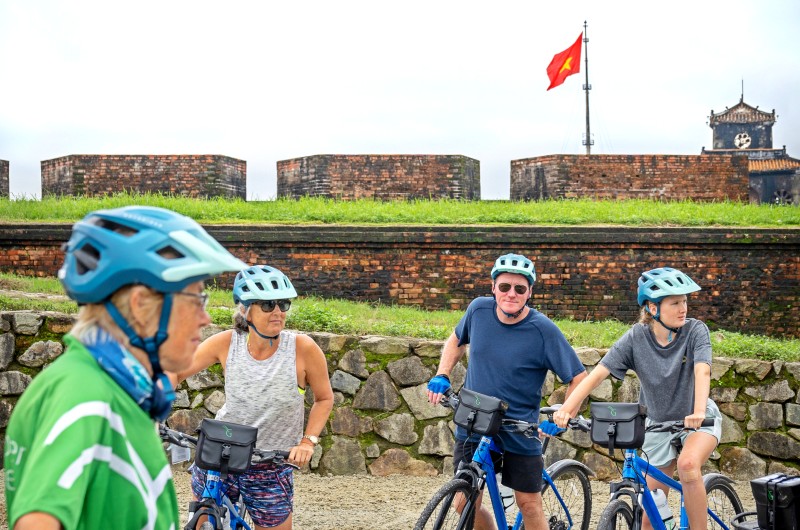
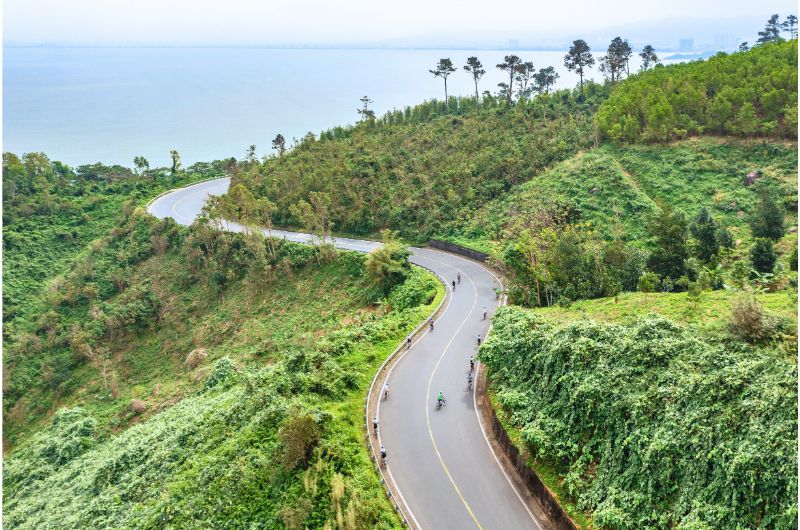
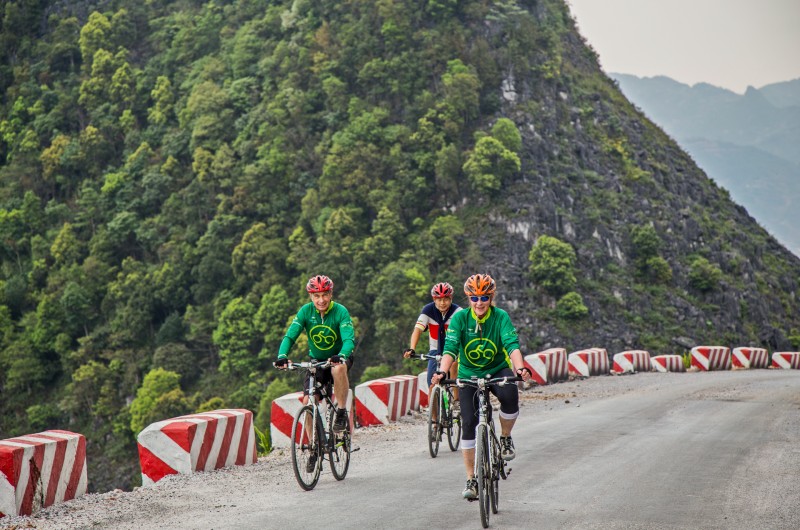
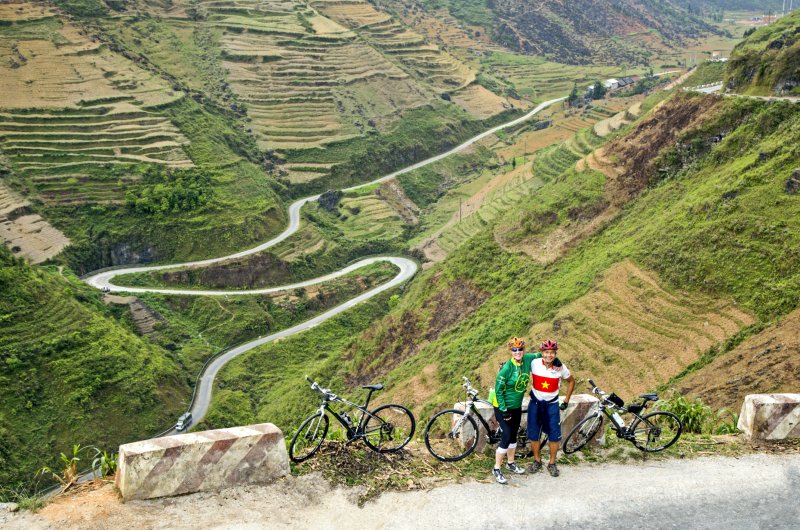

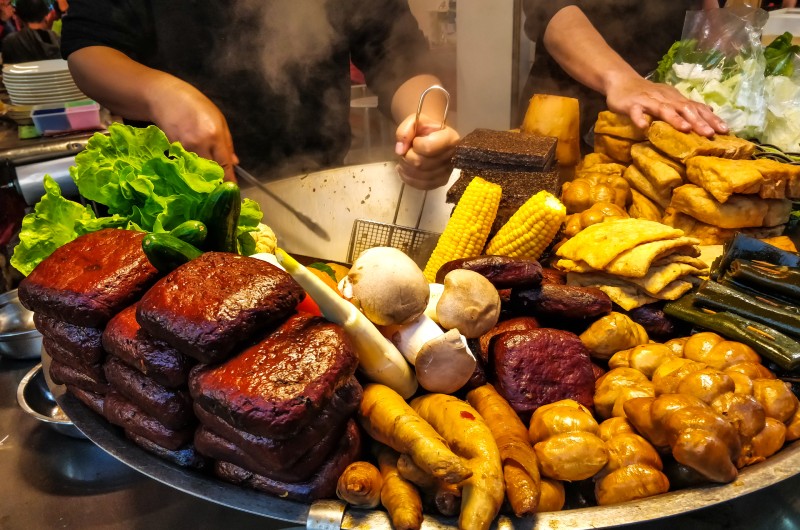
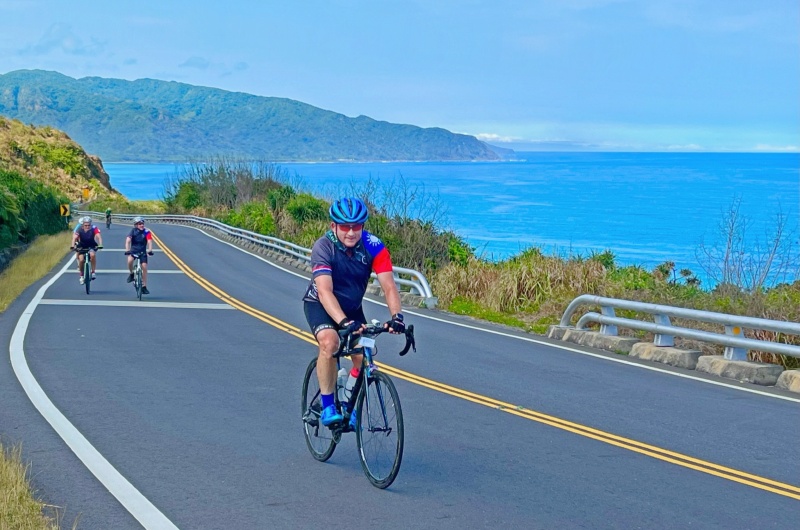

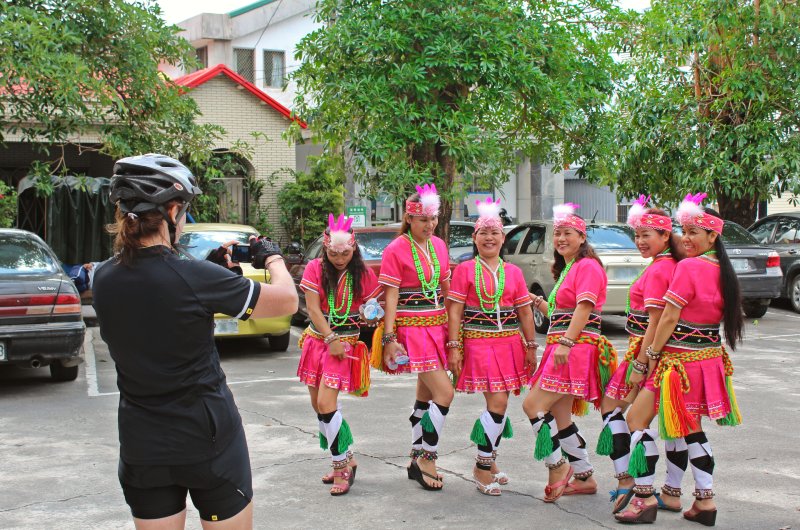
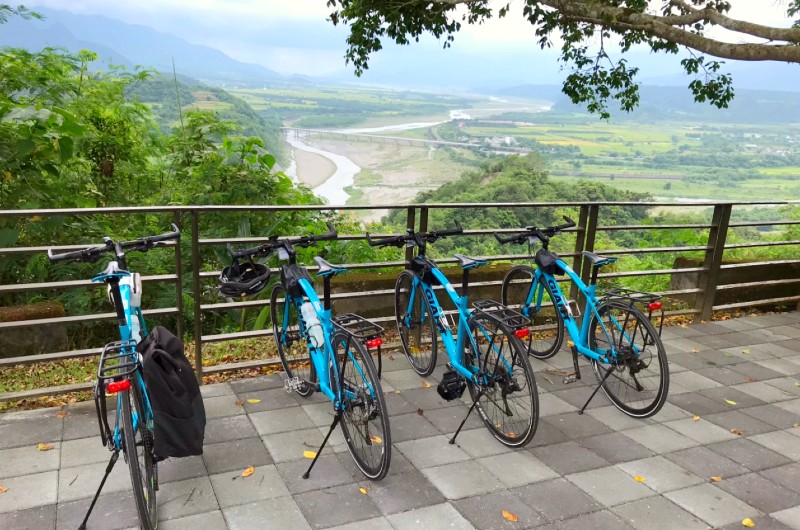


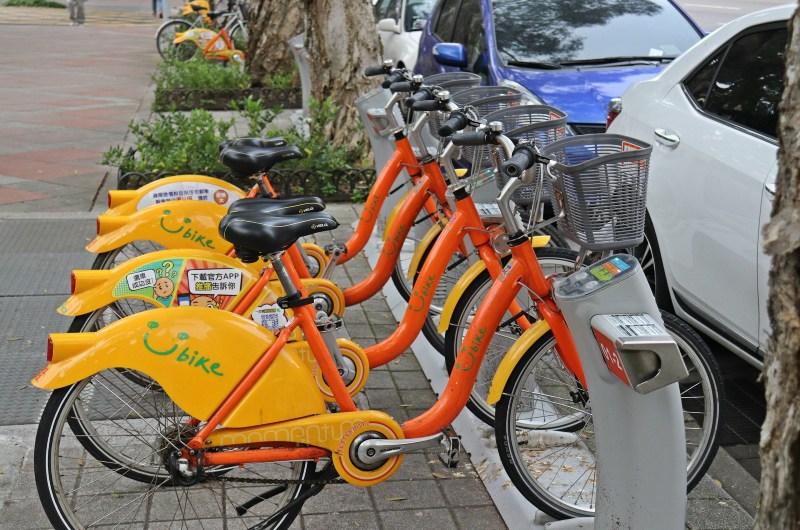


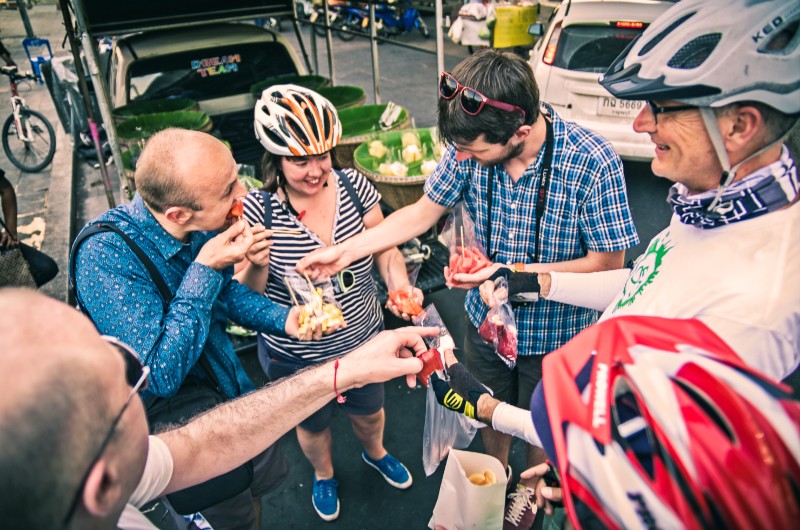

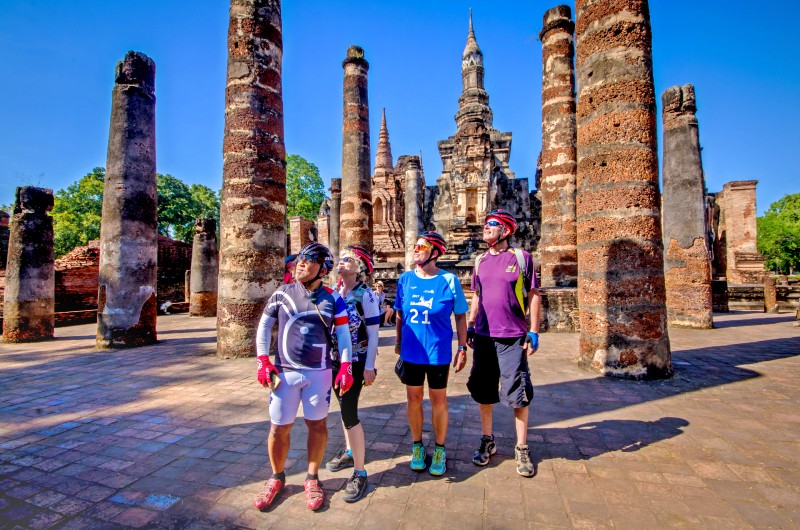
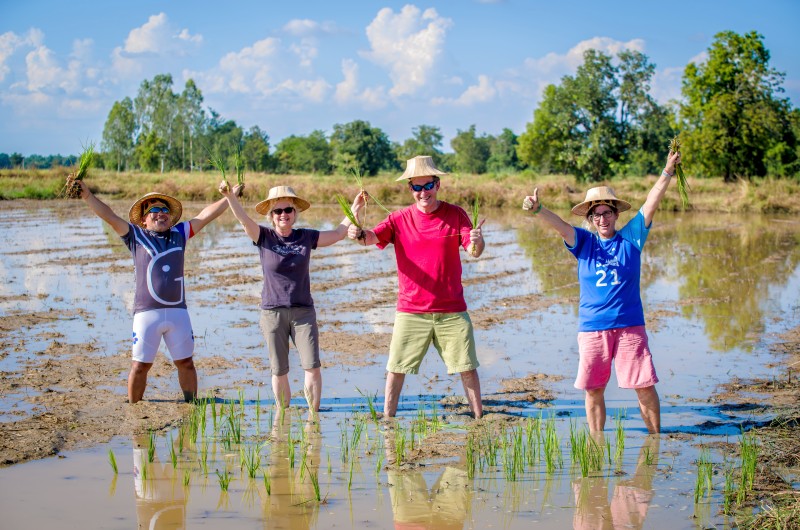

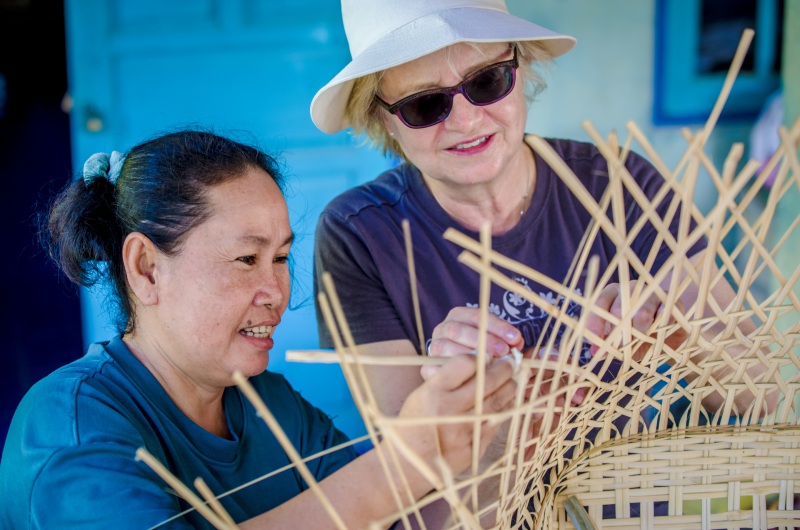
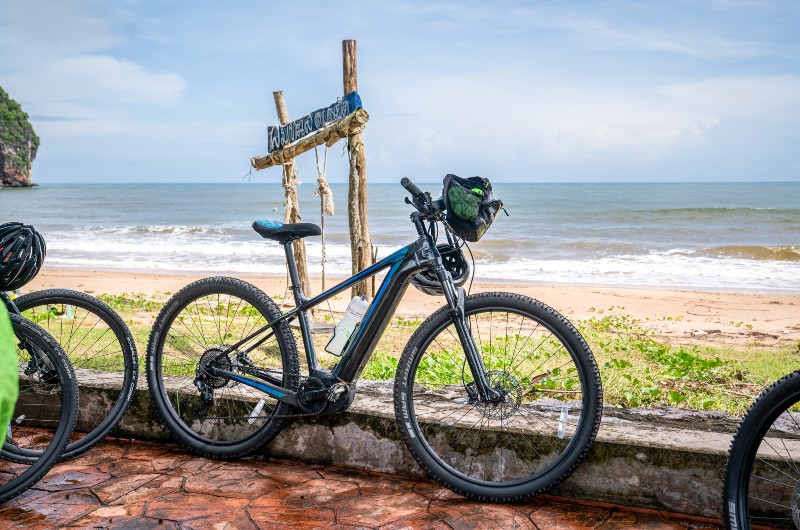
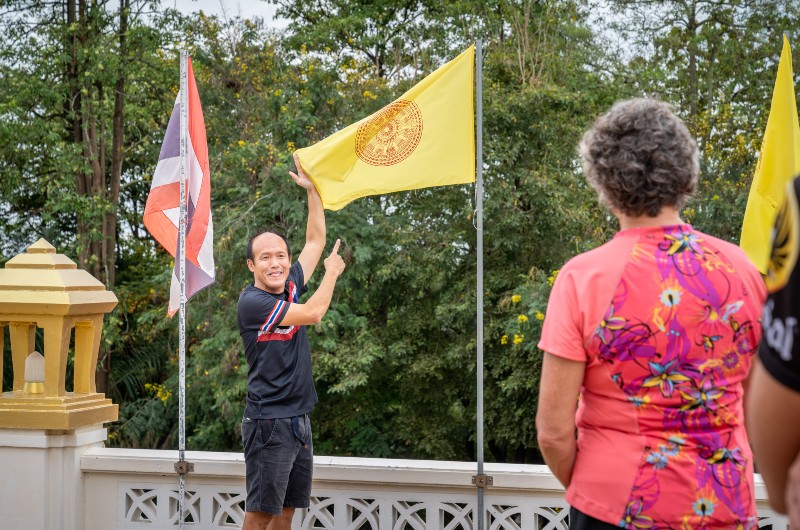
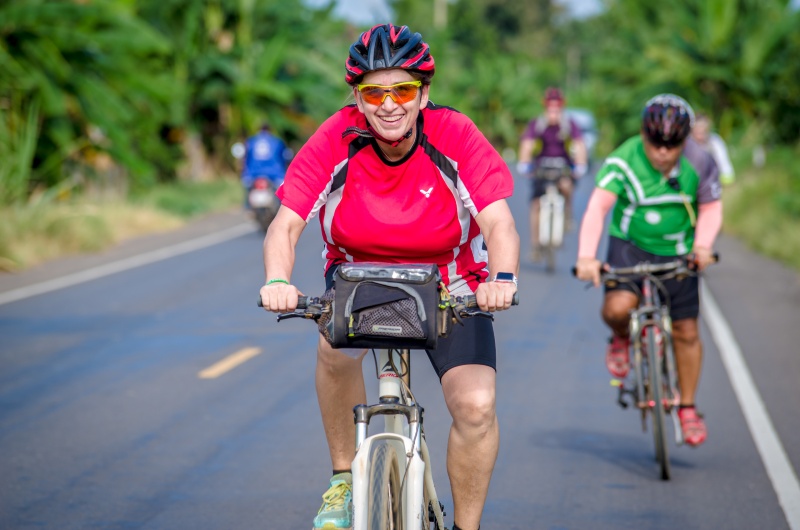
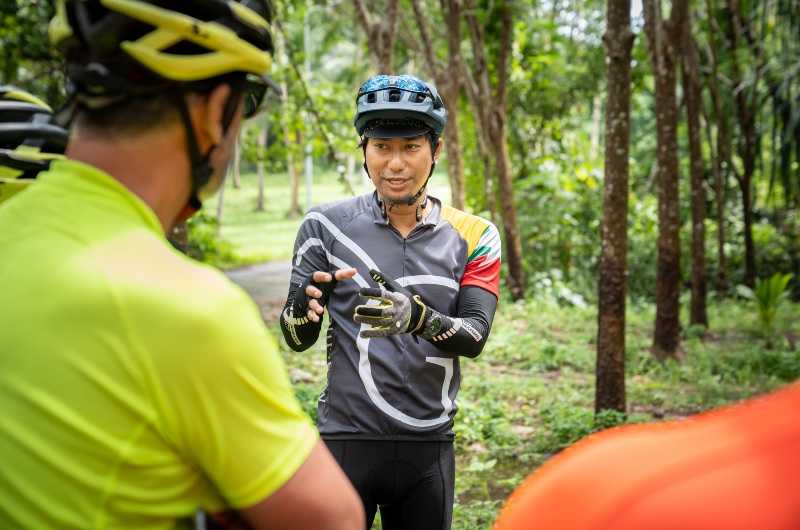

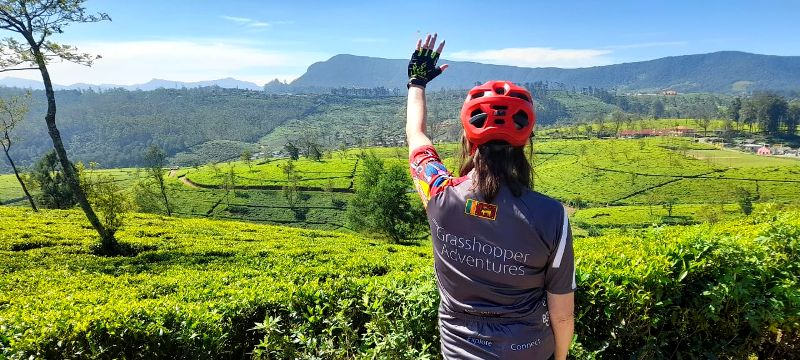
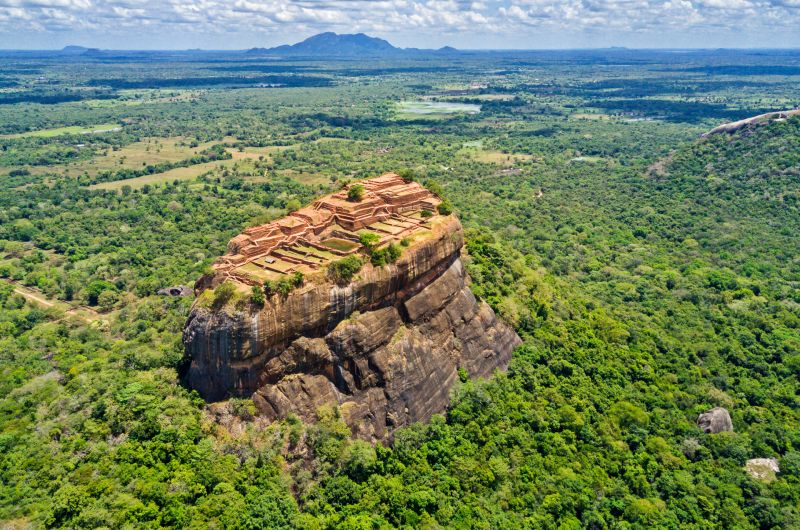
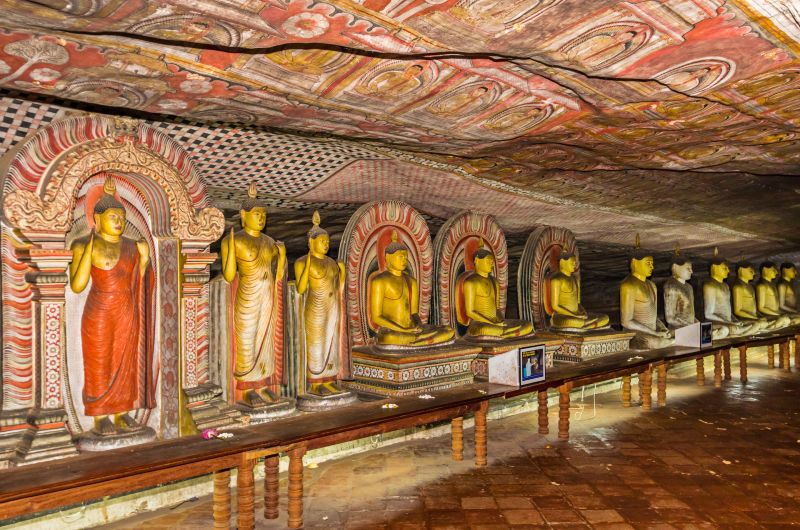
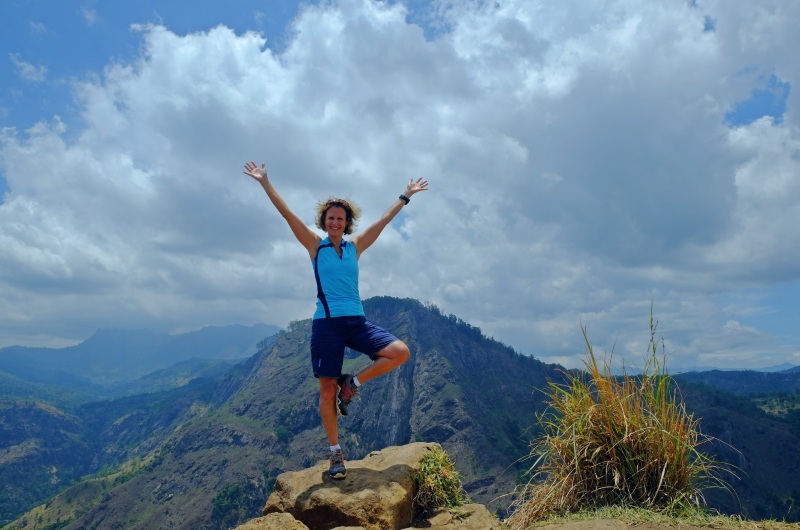
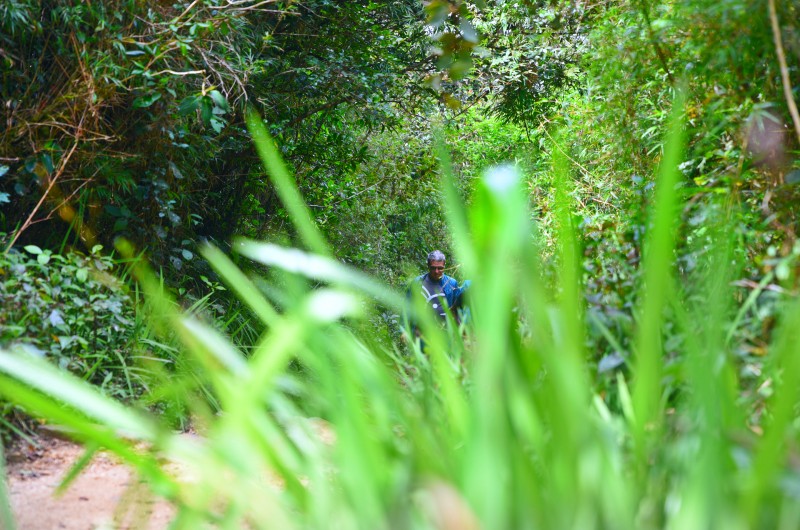

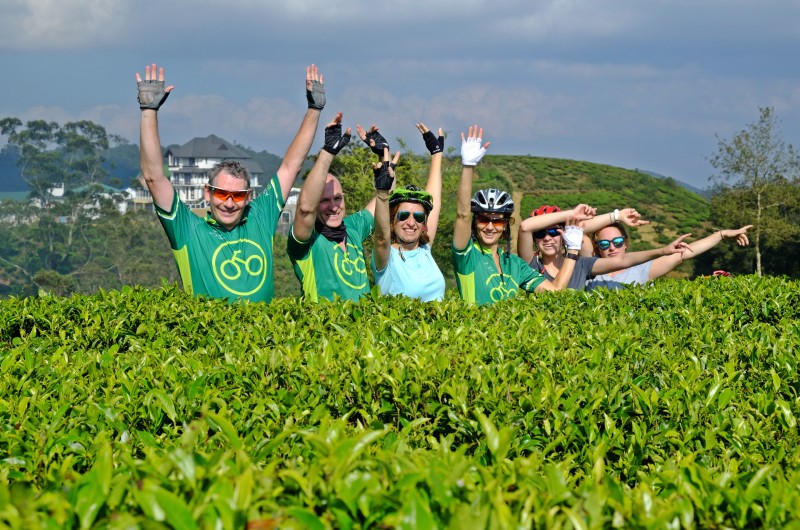


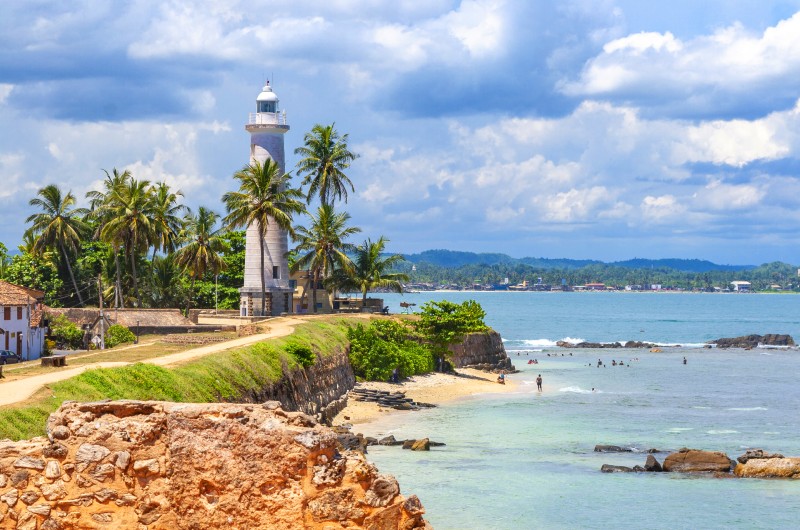
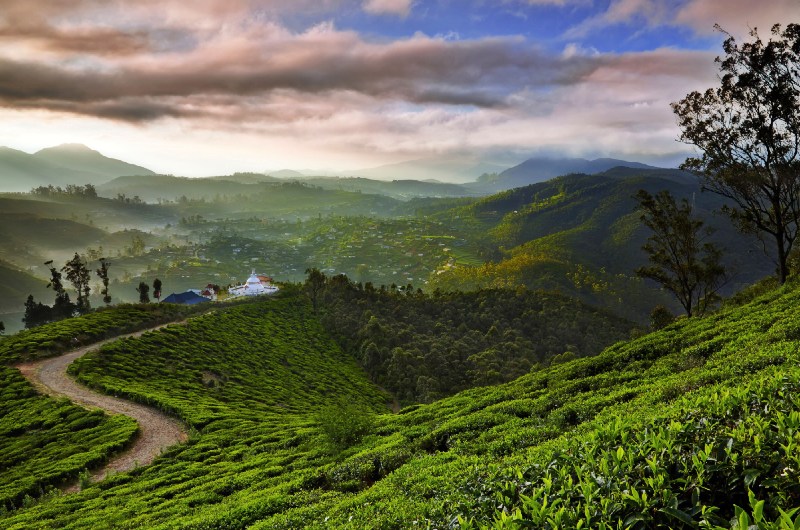
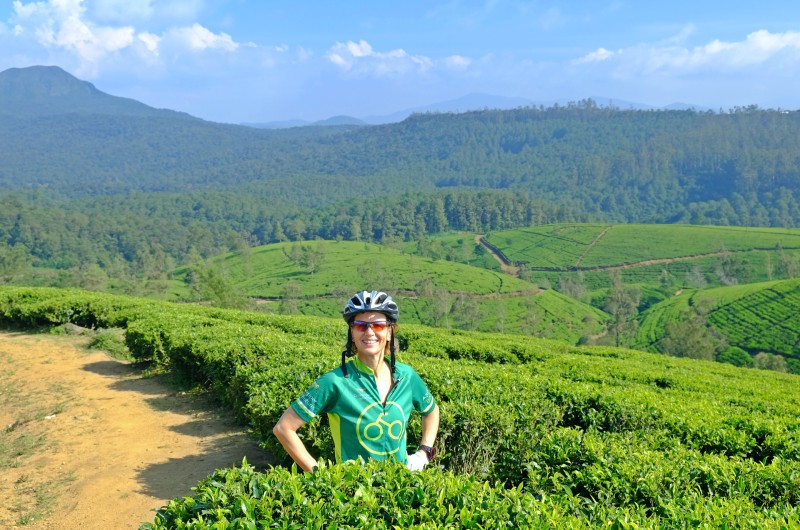

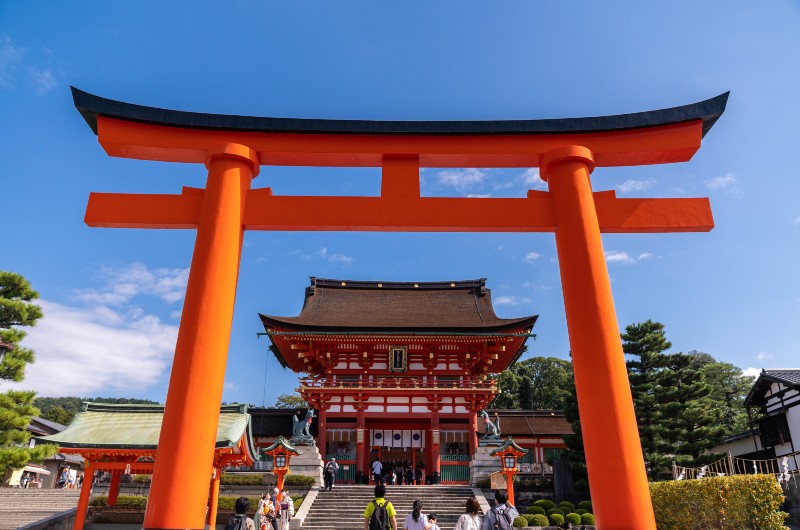
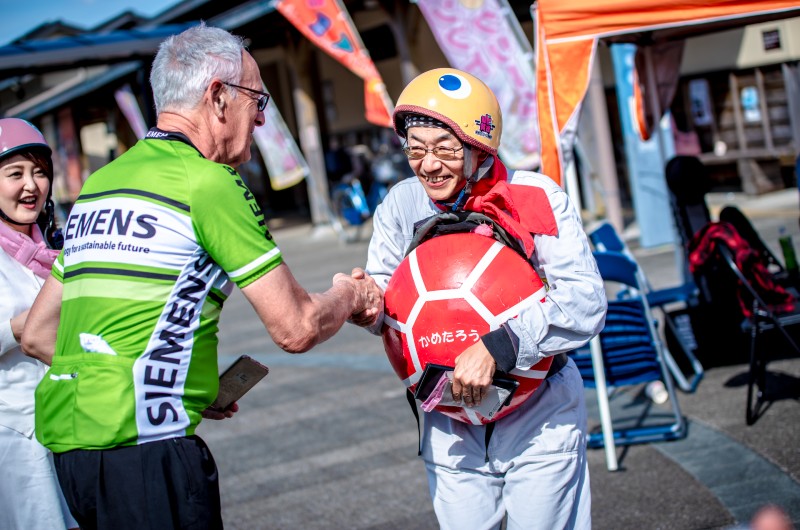
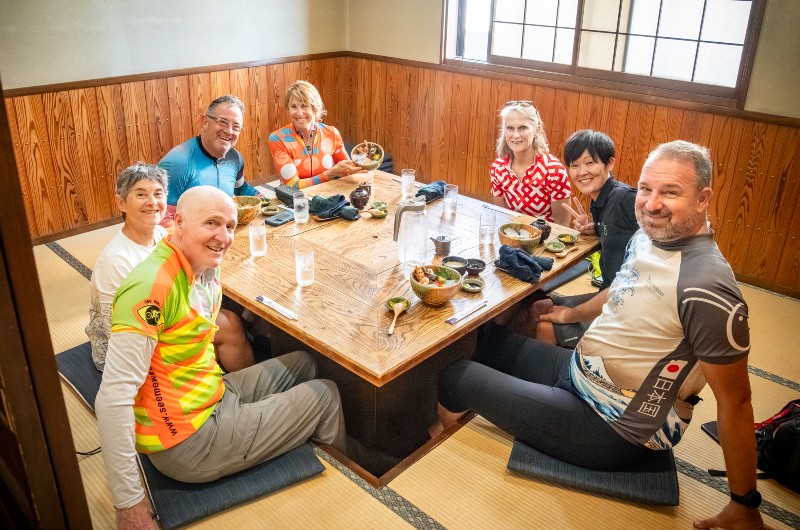

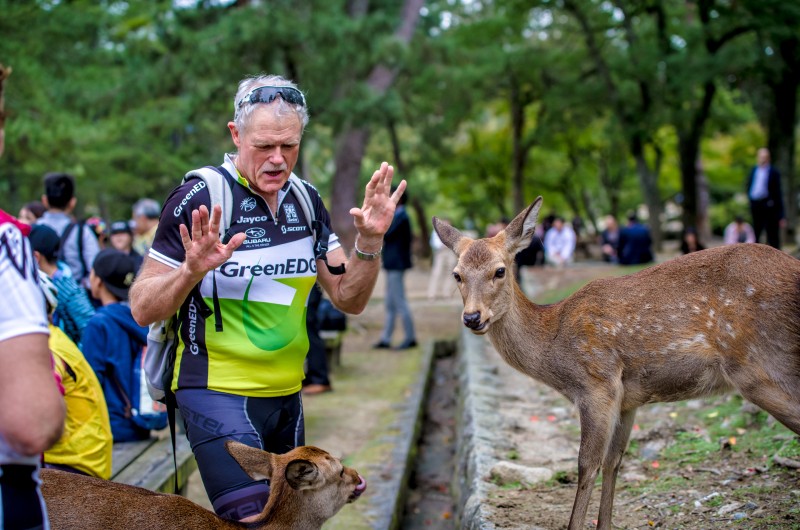
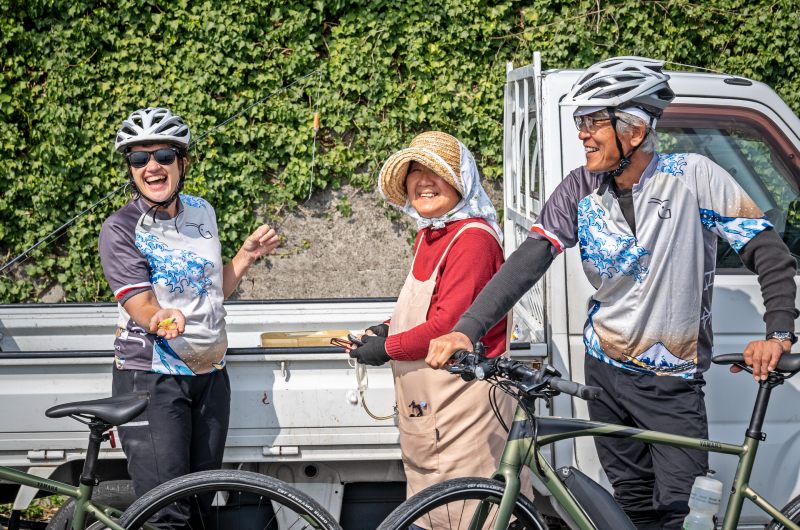


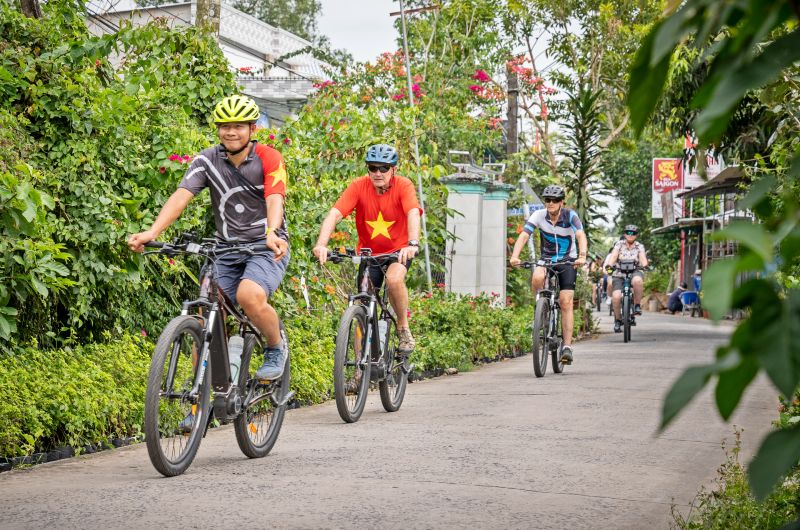
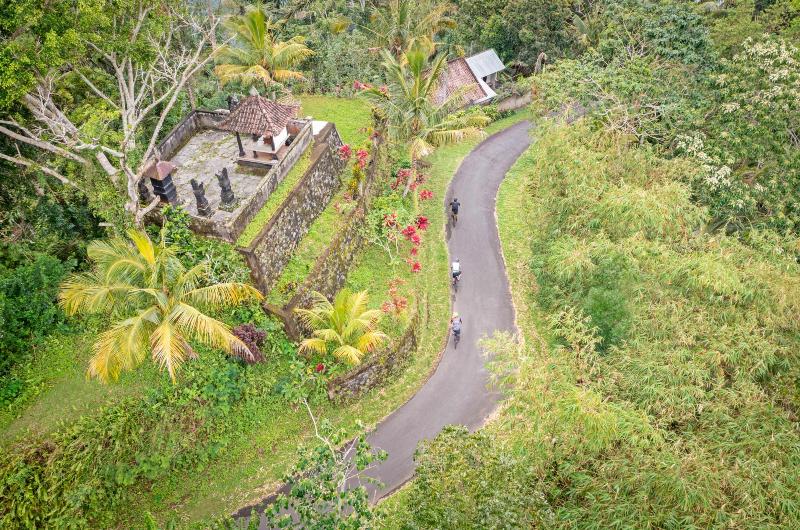

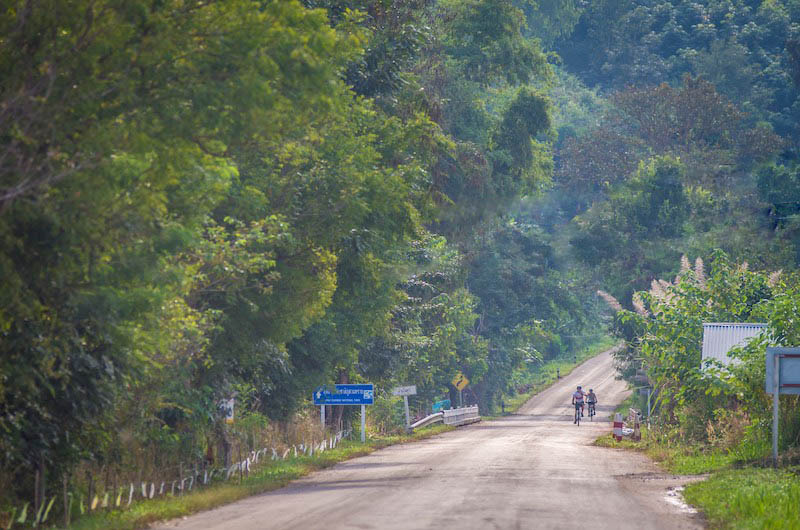
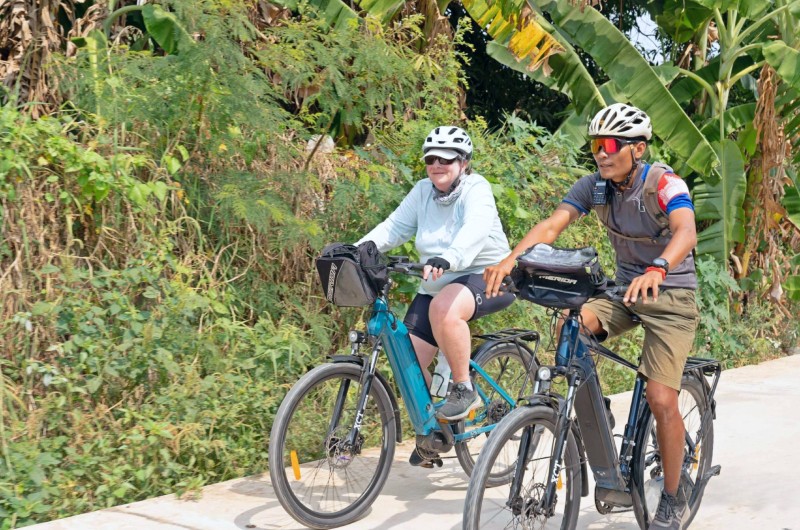
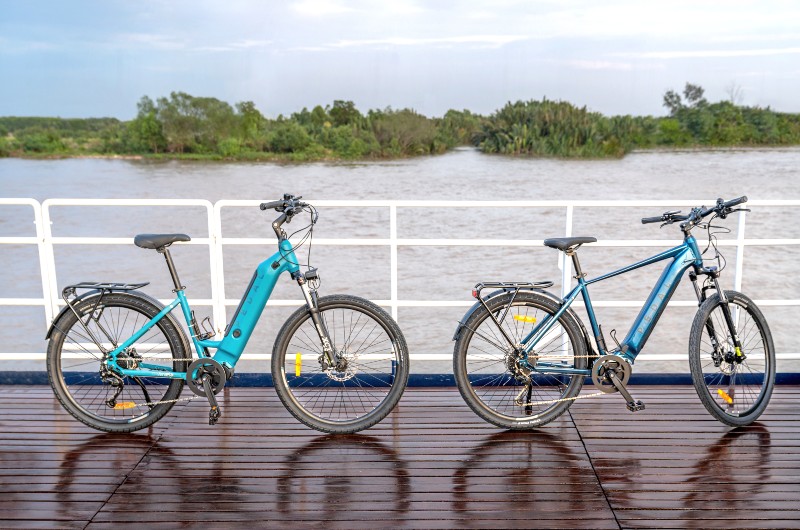
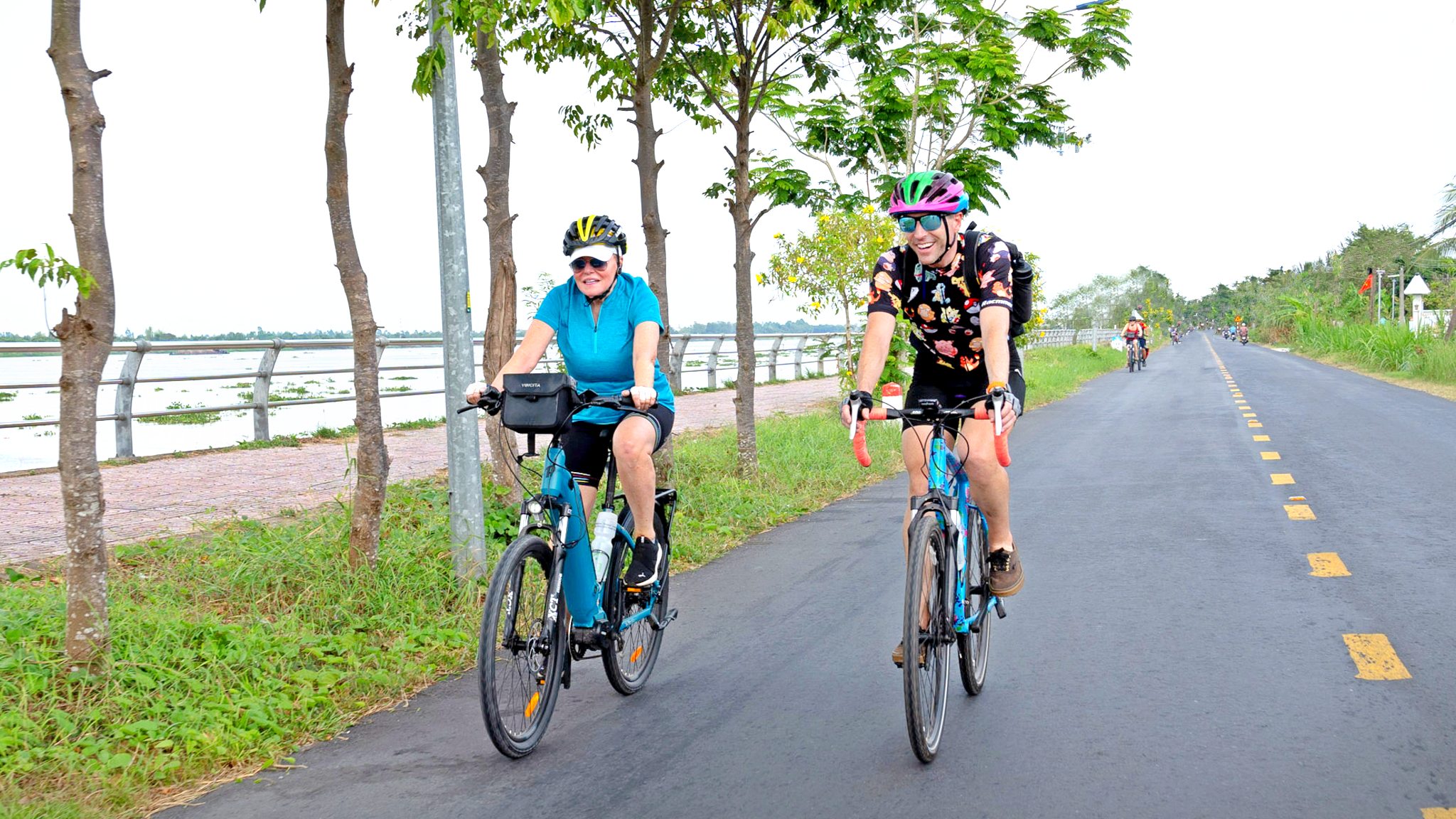
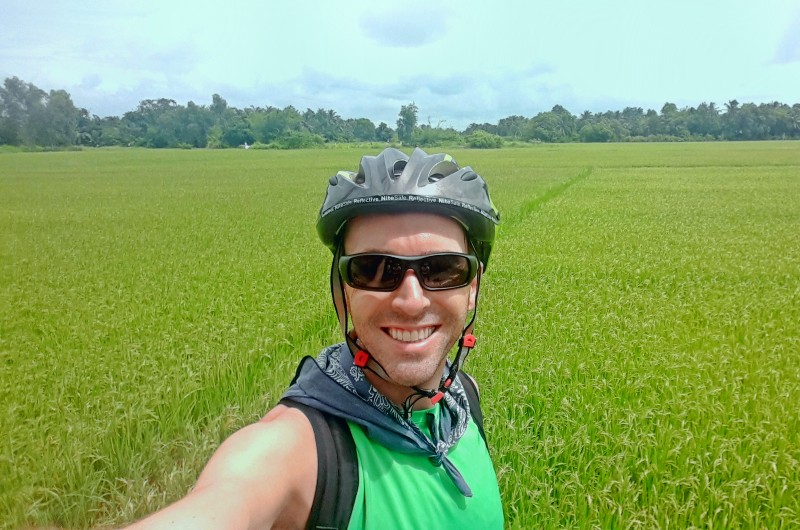
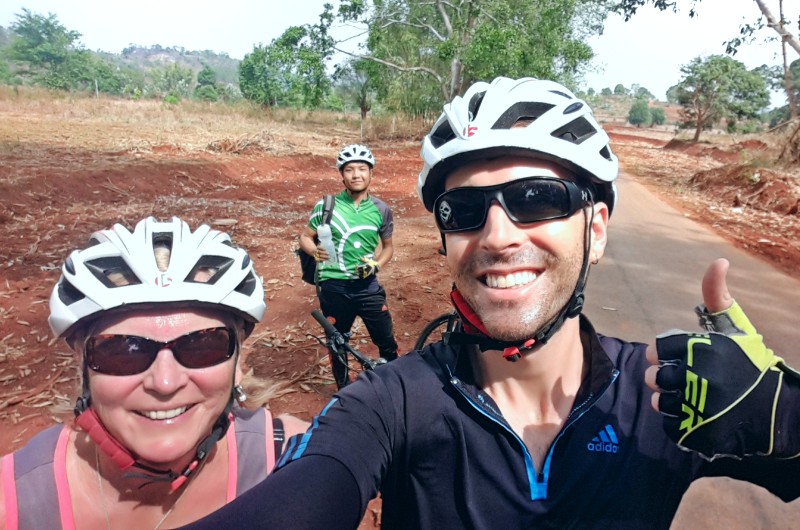



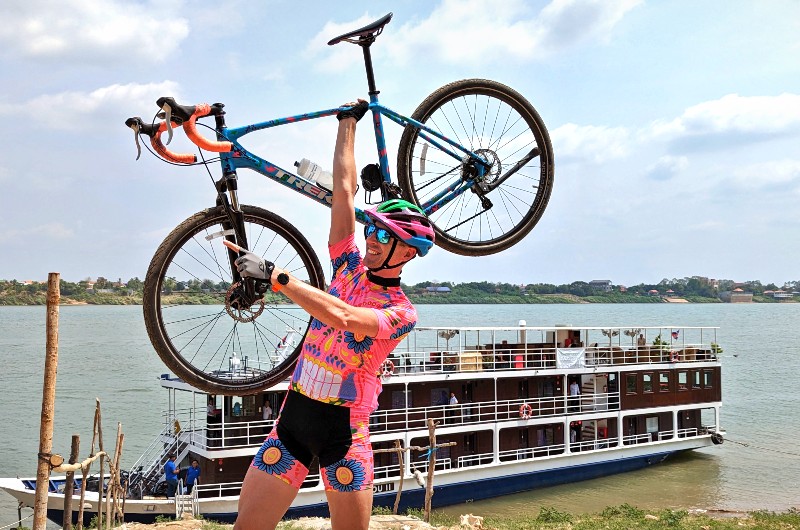















Recent Comments